1.Has the heavy duty 10’x10 canopy with sidesbeen tested for performance and durability?
Certainly! When considering the heavy-duty 10’x10′ canopy with sides, the quest for information on its performance and durability adds a layer of richness to the decision-making process. The following aspects contribute to this richness:
Engineering Standards and Certifications: Inquiring about whether the canopy adheres to specific engineering standards or has obtained certifications provides a level of assurance regarding its quality and reliability.
Material Composition and Testing: Understanding the materials used in the canopy and how they’ve been tested adds depth to the decision. Details on stress tests, tear resistance, and material quality contribute to a comprehensive assessment of its durability.
Real-world Performance Stories: Reading or seeking out real-world experiences and performance stories from other users who have utilized the canopy in different conditions can offer valuable insights beyond laboratory testing. Users may share their experiences with the canopy’s resilience in adverse weather or prolonged use scenarios.
Longevity and Maintenance Considerations: Inquiring about the expected lifespan of the canopy and any specific maintenance requirements enriches the understanding of the product’s overall value proposition. This includes details on how well the canopy retains its performance over time.
Manufacturer’s Reputation: Exploring the reputation of the manufacturer, including their history in producing outdoor products and customer service, contributes to the richness of your decision. A manufacturer with a track record of quality products may instill more confidence.
Innovation and Design Features: Learning about any innovative design features or technologies incorporated into the canopy can add a layer of sophistication to the decision. This includes features aimed at enhancing durability, ease of use, and adaptability in different environments.
Community and Expert Recommendations: Seeking recommendations from outdoor or event planning communities, as well as expert reviews, brings a wealth of collective knowledge into the decision-making process. This communal perspective provides diverse viewpoints and considerations.
Environmental Impact: Inquiring about the environmental impact of the canopy, such as whether it’s made from sustainable materials or follows eco-friendly practices, adds a dimension of social responsibility to the decision.
By exploring these facets, you not only gain a more nuanced understanding of the heavy-duty canopy but also make a decision that aligns with your specific needs and values. This richness allows you to choose a product that not only meets functional requirements but also resonates with your preferences and considerations.
2.How many people can stand under a heavy duty 10×10 canopy?
The number of people who can comfortably stand under a heavy-duty 10’x10′ canopy depends on various factors, including the design of the canopy, the event or purpose, and the density of the crowd. However, as a general guideline:
Consideration of Event Type:
- The nature of the event significantly influences the number of people who can comfortably stand under the canopy. For example, a cocktail party with standing guests may accommodate more individuals than a formal seated dinner with tables and chairs.
Layout and Furniture Arrangement:
- The arrangement of furniture, such as tables and chairs, beneath the canopy can impact the standing capacity. If the space is optimized with efficient furniture layouts, it can enhance the overall usability and comfort for standing individuals.
Intended Use and Activities:
- Understanding the intended use of the canopy and the activities planned beneath it adds a layer of complexity. Whether it’s a vendor booth with product displays or an informational kiosk, the space needed may vary.
Cultural or Regional Considerations:
- Cultural norms and regional preferences regarding personal space can influence the perceived comfort level under the canopy. In some cultures, people may prefer more personal space, affecting the number of individuals accommodated.
Adherence to Safety Standards:
- To add depth to the discussion, considering safety standards and guidelines for event structures is crucial. Local authorities often provide regulations on crowd density and safety, and adherence to these standards ensures a secure and enjoyable experience.
User Reviews and Experiences:
- Exploring user reviews and experiences related to the specific heavy-duty 10’x10′ canopy model can provide valuable insights. Users may share their observations on how well the canopy served their intended purpose and the number of people comfortably accommodated.
Dynamic Nature of Events:
- Events are dynamic, and the number of people under the canopy may fluctuate based on activities, foot traffic, and the duration of the event. Understanding this dynamic nature adds realism to capacity considerations.
Brand Reputation and Quality:
- The reputation of the canopy’s brand and the overall quality of its design can influence the user experience. A well-designed and reputable canopy may contribute to a more comfortable gathering.
Flexibility and Adaptability:
- The adaptability of the canopy, such as the ability to customize its layout or connect multiple canopies, contributes to its overall richness. Flexible configurations can cater to different event scenarios.
By considering these aspects, you gain a more nuanced understanding of the heavy-duty canopy’s capacity, ensuring that it aligns not only with its physical dimensions but also with the practical and experiential aspects of your specific use case.
3.Buy custom tents 10×10,Can I See a Proof or Mockup Before Production?
Yes, when purchasing custom tents 10×10, it is common for customers to request a proof or mockup before production. This allows you to preview and approve the design, ensuring that it aligns with your expectations and meets your specific customization requirements. Here’s how the process typically works:
Submit Your Design:
- Provide the custom tent manufacturer or supplier with your design, including logos, graphics, and any specific branding elements you want to incorporate.
Design Confirmation:
- The manufacturer will review your design and confirm the feasibility of the customization. They may also provide feedback or suggestions to optimize the design for printing on the tent material.
Mockup Creation:
- Based on the design specifications, the manufacturer will create a digital mockup or proof of how the custom tent will look. This may include a rendering of the canopy, sidewalls, and any other customized elements.
Review and Approval:
- The manufacturer will share the mockup with you for review. This gives you the opportunity to assess the design, colors, and overall appearance. Pay attention to details like logo placement, color accuracy, and any text or graphics.
Feedback and Revisions:
- If you have any feedback or if revisions are needed, communicate with the manufacturer to ensure that the design meets your expectations. This may involve adjustments to colors, positioning, or other design elements.
Final Approval:
- Once you are satisfied with the mockup, provide final approval for production to proceed. Your approval indicates that you are content with the design, and the manufacturer will use this approved mockup as a reference for the actual production of your custom 10×10 tent.
Production and Delivery:
- After receiving your approval, the manufacturer will proceed with the production of the custom tent based on the finalized design. The completed tent will then be delivered to you within the agreed-upon timeframe.
Requesting a proof or mockup is a standard practice in custom manufacturing, as it ensures that both parties are on the same page regarding the design specifications. It gives you the opportunity to visualize the final product and make any necessary adjustments before production begins.
4.Is the custom tent canopy 10×10 Eco-Friendly?
5.What Printing Methods are Used for custom printed canopy tent 10×10?
7.What Type of Frame Material is Used in the custom printed 10×10 canopy?
Yes, UV protection is often available forcustom pop up tent 10×10. Many manufacturers offer canopy materials with built-in UV protection to shield occupants and contents from the harmful effects of ultraviolet (UV) rays. UV protection is particularly important for outdoor events and activities where prolonged sun exposure is a consideration.
Here are some key points regarding UV protection for custom pop-up tents:
Canopy Material: The UV protection is typically integrated into the fabric or material of the canopy. Common materials used for canopies include polyester, polyethylene, or other specialized fabrics designed to block UV rays.
UPF Rating: Some manufacturers provide a Ultraviolet Protection Factor (UPF) rating for their canopies. UPF is a numerical rating that indicates the effectiveness of the fabric in blocking UV rays. A higher UPF rating signifies greater UV protection.
Outdoor Events: Pop-up tents are often used at outdoor events, trade shows, fairs, farmers’ markets, and other occasions. UV protection helps create a shaded area, offering a more comfortable environment for people underneath while reducing the risk of sun exposure.
Sun Safety: UV protection is especially important for sun safety. Prolonged exposure to UV rays can lead to skin damage, sunburn, and other health concerns. Providing UV protection adds an extra layer of safety for individuals using the pop-up tent.
Customization Options: Customers interested in custom pop-up tents can inquire about the availability of UV-protected canopy options during the customization process. This ensures that the tent not only meets branding and design requirements but also provides essential protection against UV radiation.
Outdoor Marketing and Branding: For businesses using pop-up tents as part of outdoor marketing or branding efforts, UV protection helps maintain the integrity of custom graphics and prevents fading due to sun exposure.
Durability: UV-protected materials are often designed to be more durable and resistant to color fading caused by UV rays. This durability ensures that the custom pop-up tent remains visually appealing for an extended period.
When considering the purchase of a custom pop-up tent with UV protection, it’s advisable to check the product specifications, inquire about the UPF rating, and discuss UV protection options with the manufacturer or supplier. UV protection adds value to the functionality and longevity of the pop-up tent, making it a practical choice for outdoor applications.
9.Does the heavy duty 10×10 tent come with weight bags or anchors?
10.How Easy is it to Set Up and Take Down the custom sports canopy?



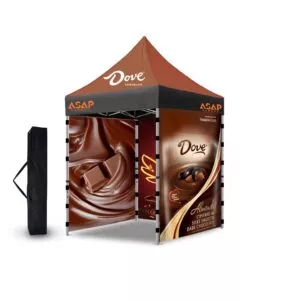
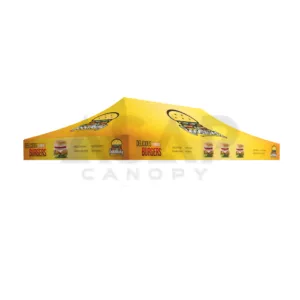
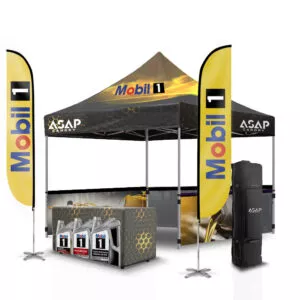
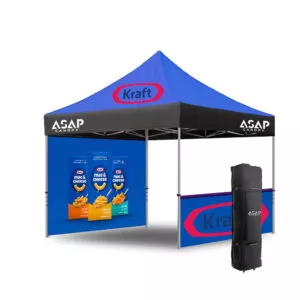
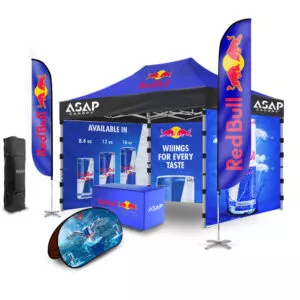
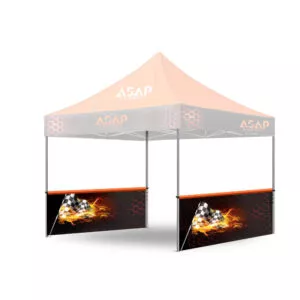

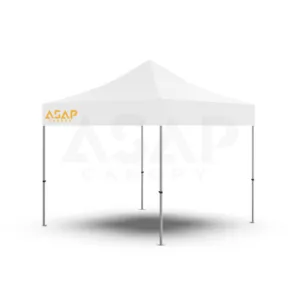
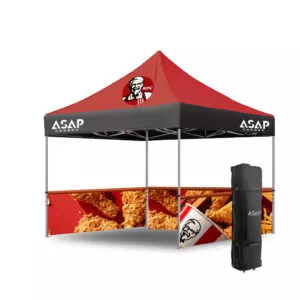

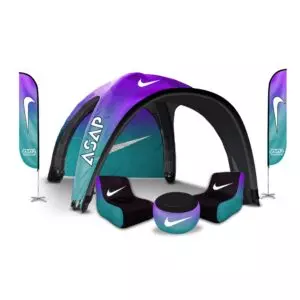
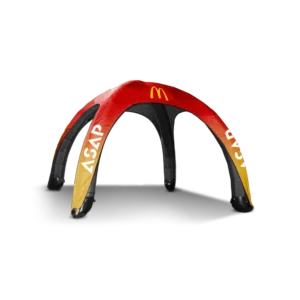
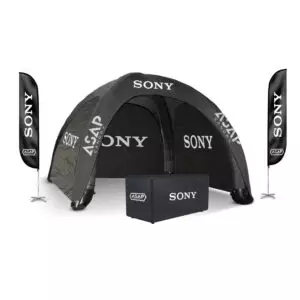
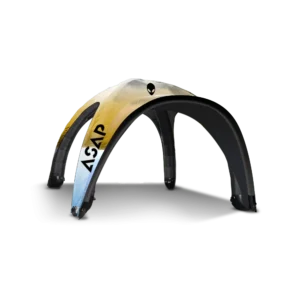
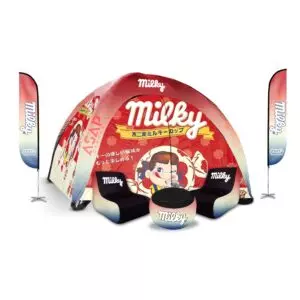

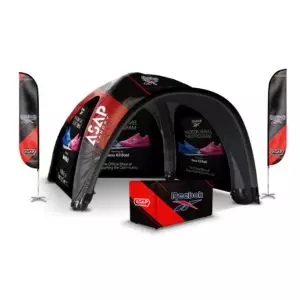
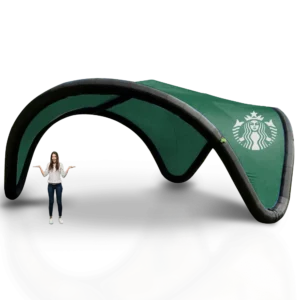
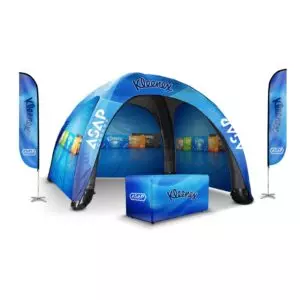

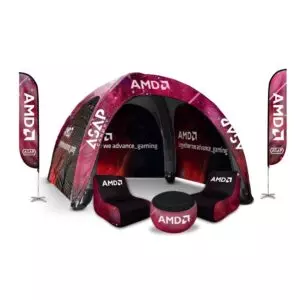
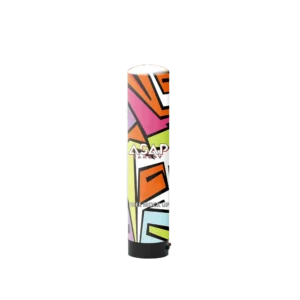

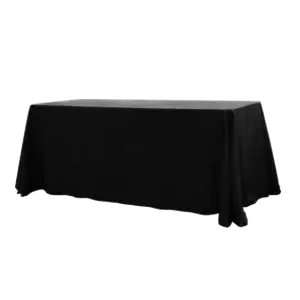

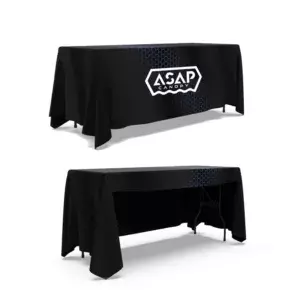

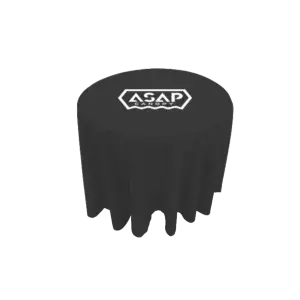
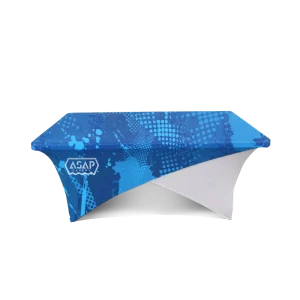
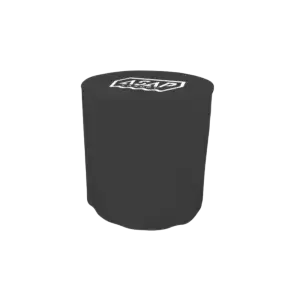
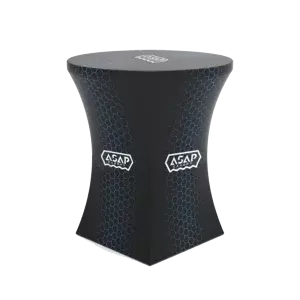
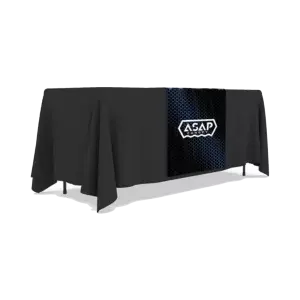
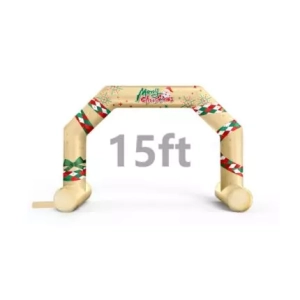
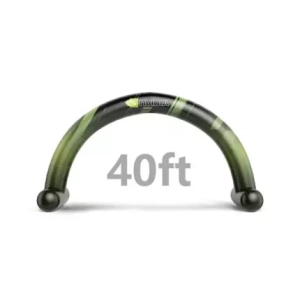
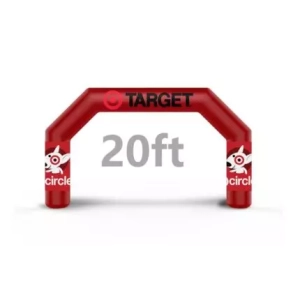
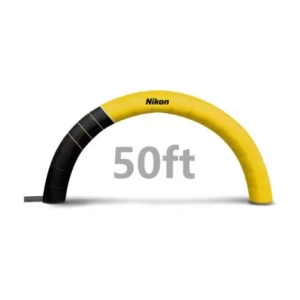

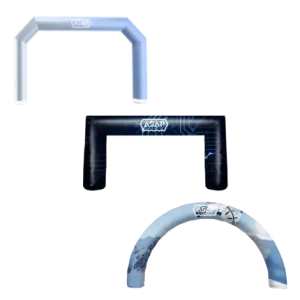
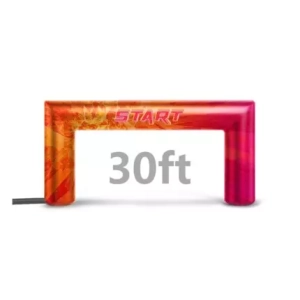



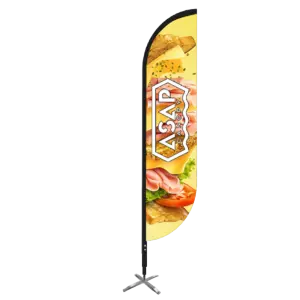
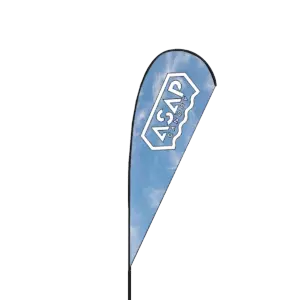
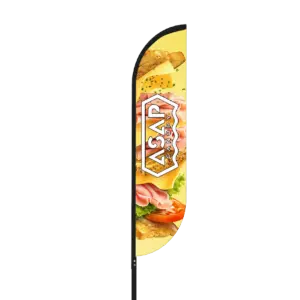

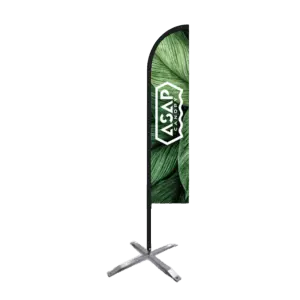

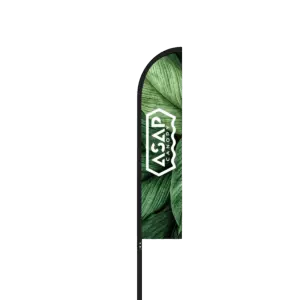



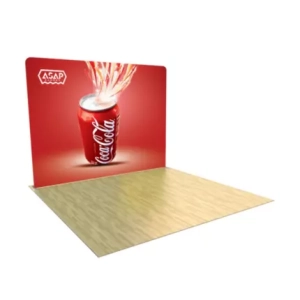
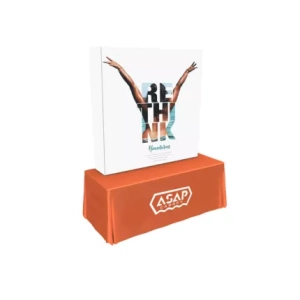
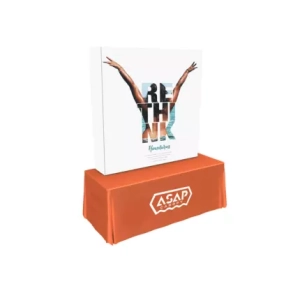
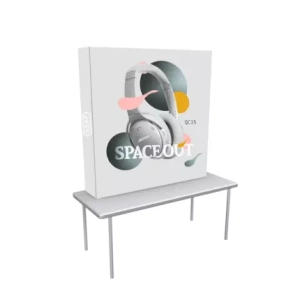
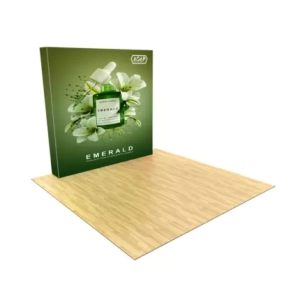
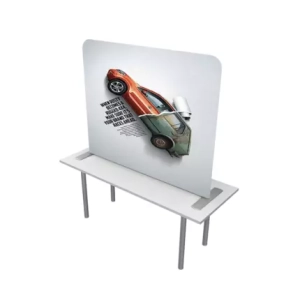
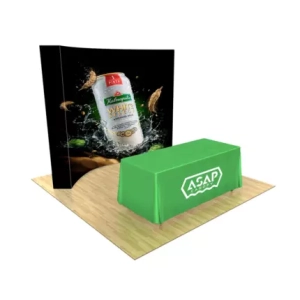
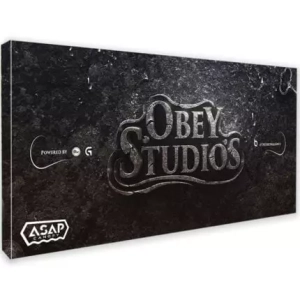




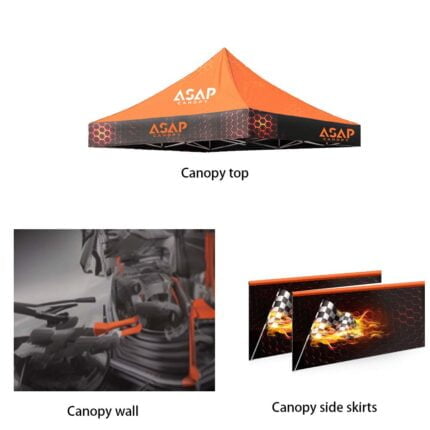
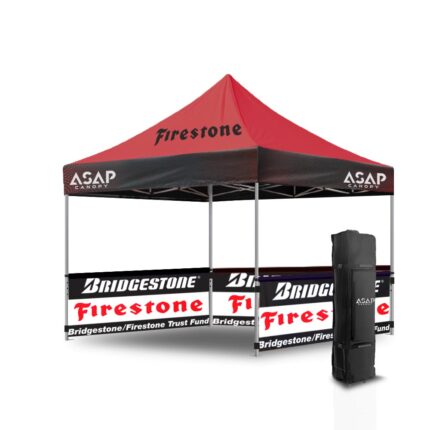
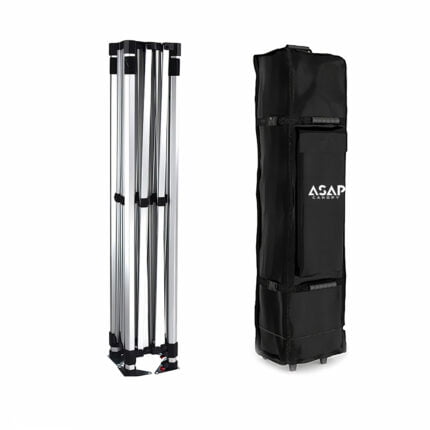
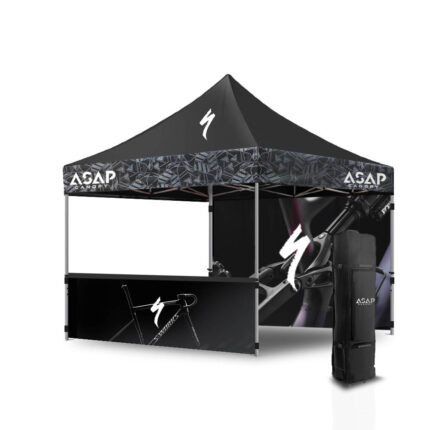
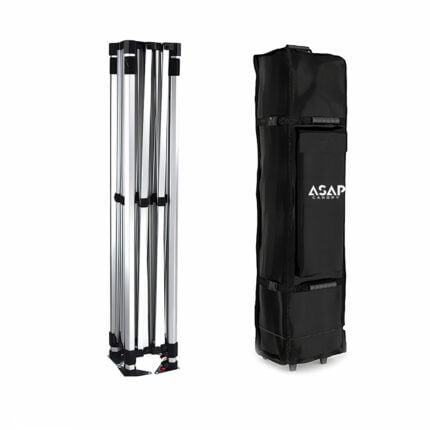

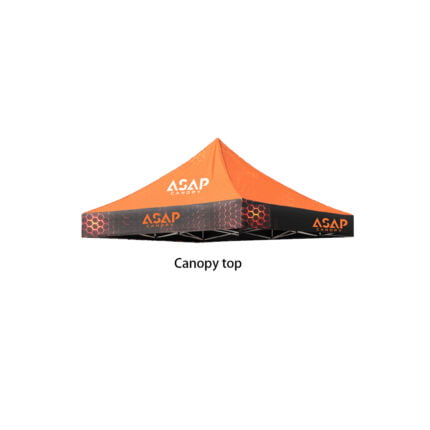
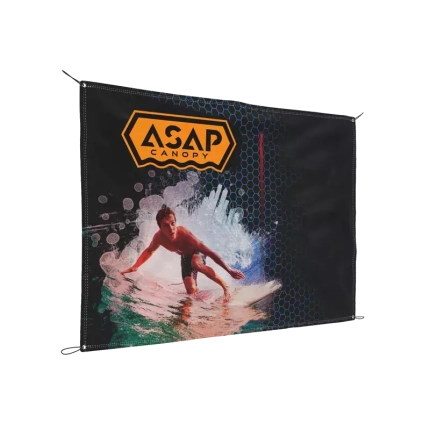
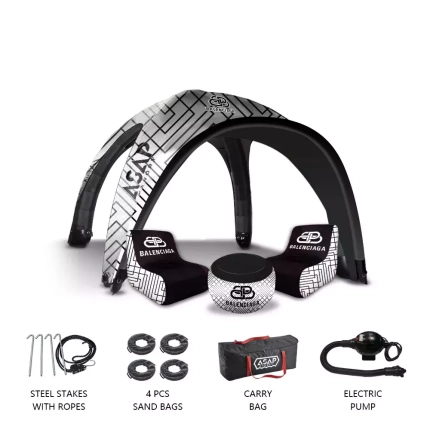



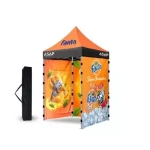 5×5 Pop Up Tent
5×5 Pop Up Tent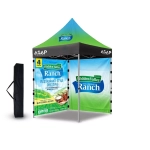 6.5×6.5 Pop Up Tent
6.5×6.5 Pop Up Tent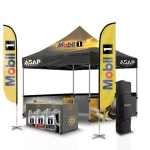 10×10 Canopy Tent
10×10 Canopy Tent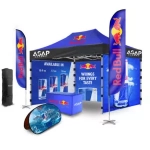 10×15 Canopy Tent
10×15 Canopy Tent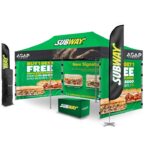 10×20 Canopy Tent
10×20 Canopy Tent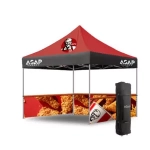 Canopy Options
Canopy Options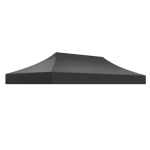 Blank Canopy Top
Blank Canopy Top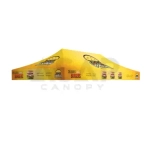 Canopy Top
Canopy Top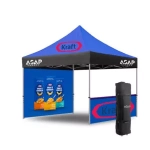 Canopy Walls
Canopy Walls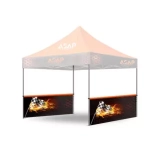 Canopy Side Skirt
Canopy Side Skirt Blank Canopy
Blank Canopy Blank Canopy Kit
Blank Canopy Kit
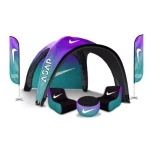 Inflatable Canopy Tents 10×10
Inflatable Canopy Tents 10×10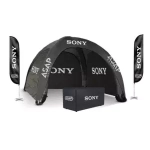 Inflatable Canopy Tents 13×13
Inflatable Canopy Tents 13×13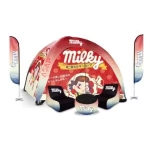 Inflatable Canopy Tents 16×16
Inflatable Canopy Tents 16×16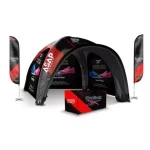 Inflatable Canopy Tents 20×20
Inflatable Canopy Tents 20×20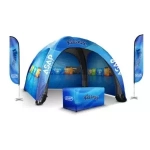 Inflatable Canopy Tents 23×23
Inflatable Canopy Tents 23×23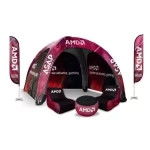 Inflatable Canopy Tents 26×26
Inflatable Canopy Tents 26×26 Inflatable Spider Tents
Inflatable Spider Tents Inflatable Dome Tents
Inflatable Dome Tents Inflatable Eclipse Tents
Inflatable Eclipse Tents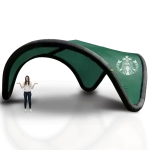 Inflatable Party Tent
Inflatable Party Tent Inflatable Furniture
Inflatable Furniture Inflatable Pillar
Inflatable Pillar
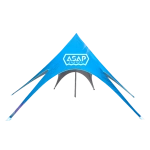 Single Pole Star Tents
Single Pole Star Tents Double Pole Star Tents
Double Pole Star Tents
 15FT Inflatable Arches
15FT Inflatable Arches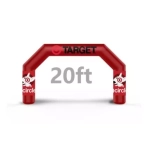 20FT Inflatable Arches
20FT Inflatable Arches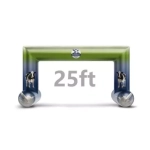 25FT Inflatable Arches
25FT Inflatable Arches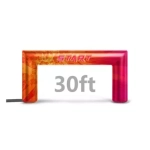 30FT Inflatable Arches
30FT Inflatable Arches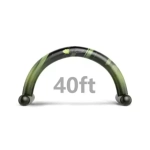 40FT Inflatable Arches
40FT Inflatable Arches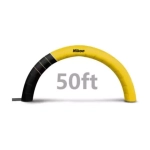 50FT Inflatable Arches
50FT Inflatable Arches Custom Constant Arches
Custom Constant Arches Custom Sealed Arches
Custom Sealed Arches
 Fitted Table Covers
Fitted Table Covers Stretch-Fit Table Covers
Stretch-Fit Table Covers Loose Table Throws
Loose Table Throws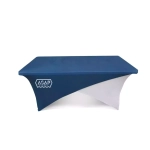 Cross-Over Stretch-Fit Table Cover
Cross-Over Stretch-Fit Table Cover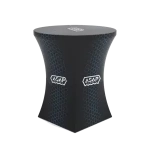 Round Stretch-Fit Table Cover
Round Stretch-Fit Table Cover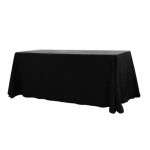 Blank Table Throws
Blank Table Throws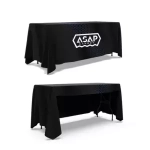 3-Sided Loose Table Throw
3-Sided Loose Table Throw Round Fitted Table Covers
Round Fitted Table Covers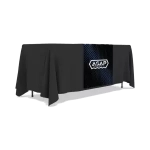 Table Runners
Table Runners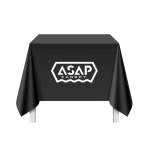 Square Table Covers
Square Table Covers
 Feather Flags
Feather Flags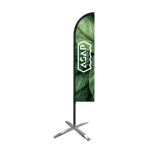 Blade Flags
Blade Flags Feather Banner
Feather Banner Blade Banner
Blade Banner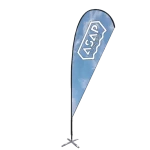 Teardrop Flags
Teardrop Flags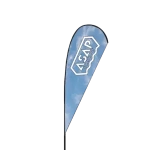 Teardrop Banner
Teardrop Banner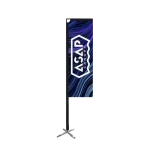 Rectangle Flags
Rectangle Flags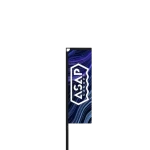 Rectangle Banner
Rectangle Banner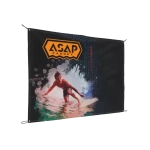 Mesh Event Banners
Mesh Event Banners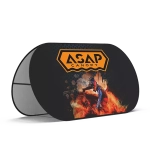 Pop Out Banner Horizontal
Pop Out Banner Horizontal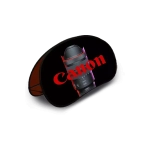 Pop-Out Banner Vertical
Pop-Out Banner Vertical
 Trade Show Display
Trade Show Display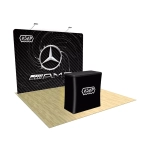 Trade Show Display Kit
Trade Show Display Kit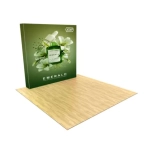 Pop Up Trade Show Display
Pop Up Trade Show Display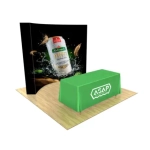 Pop Up Trade Show Display Deluxe Kit
Pop Up Trade Show Display Deluxe Kit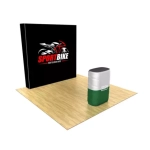 Pop Up Trade Show Display Kit
Pop Up Trade Show Display Kit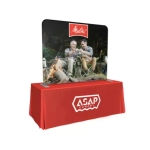 TableTop Displays Kit
TableTop Displays Kit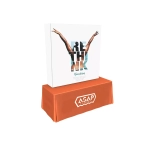 Pop Up Tabletop Display Kit
Pop Up Tabletop Display Kit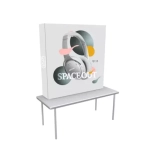 Pop Up Tabletop Display
Pop Up Tabletop Display Tabletop Display
Tabletop Display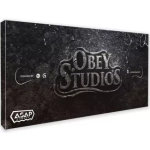 Straight Trade Show Exhibit Booth
Straight Trade Show Exhibit Booth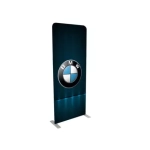 Banner Stand
Banner Stand
 Tent Accessories
Tent Accessories Flag Accessories
Flag Accessories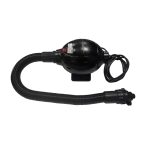 Arch Accessories
Arch Accessories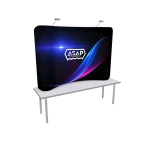 Trade Show Accessories
Trade Show Accessories
